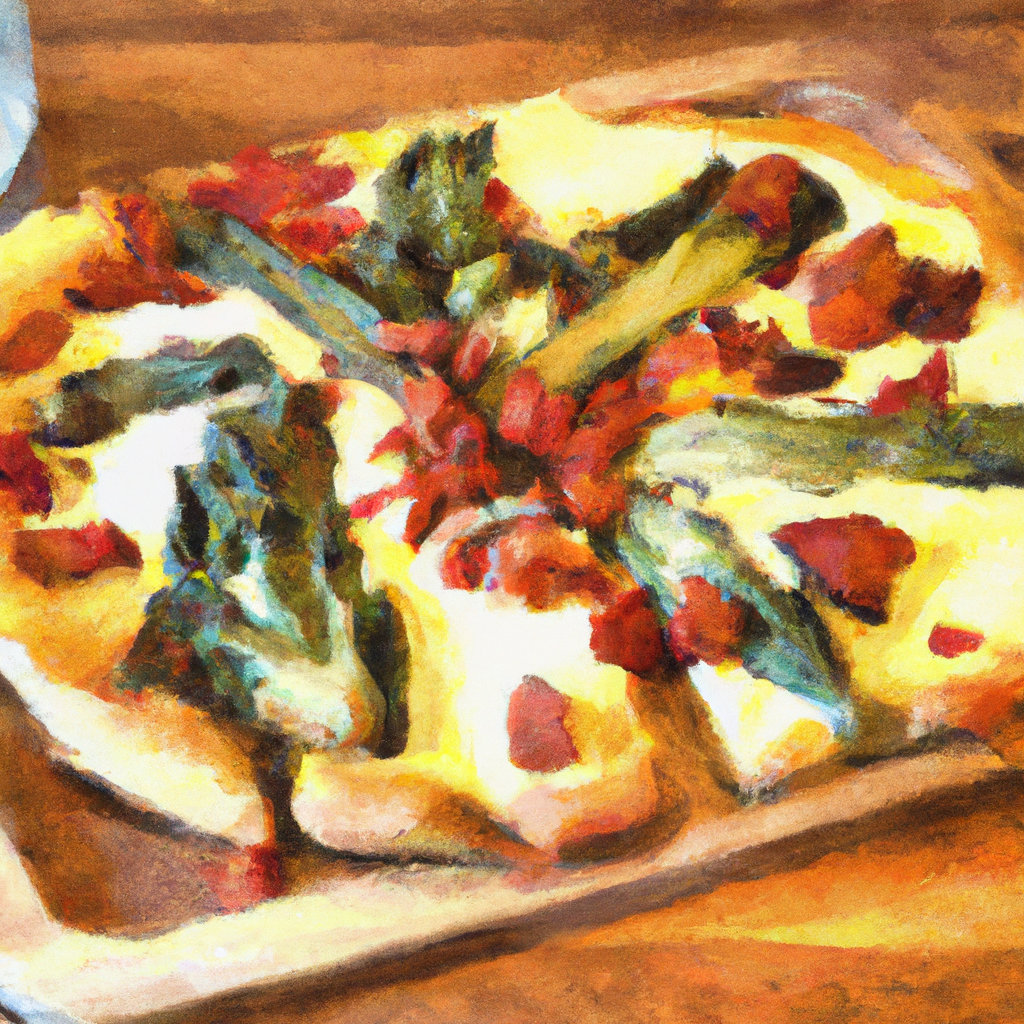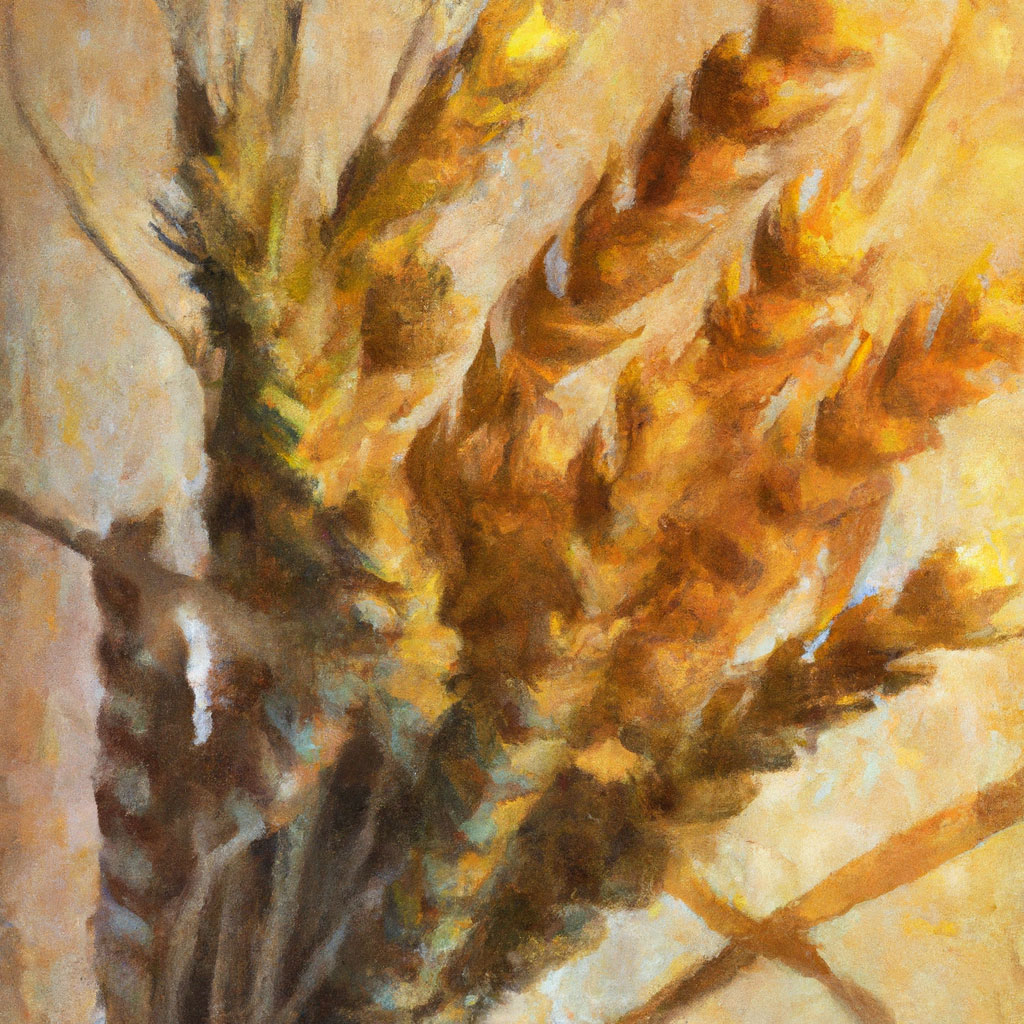What are grains?
Grains are small, hard, dry seeds that come from plants called cereals. They are a type of food that is rich in carbohydrates and are a staple food in many cultures around the world. Examples of grains include wheat, rice, oats, barley, and corn. They can be ground into flour, used to make cereal, or eaten in their whole form. They are also used to feed livestock.
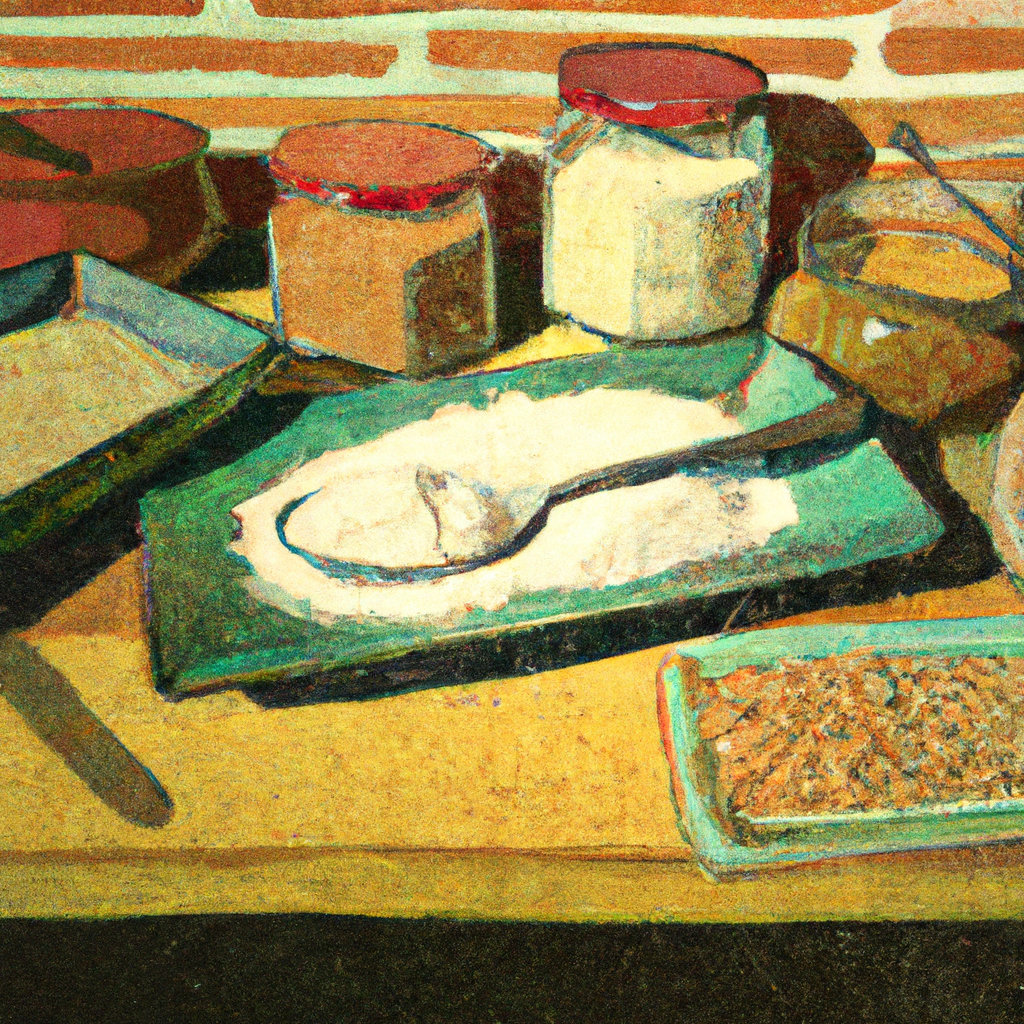
What are ancient grains?
Ancient grains are types of grains that have remained largely unchanged for hundreds or thousands of years, and are considered to be more nutritious and flavorful than modern, hybridized grains. Examples of ancient grains include quinoa, amaranth, millet, teff, and sorghum. These grains are often considered to be more nutritious than modern grains because they are less processed and are a good source of vitamins, minerals, and antioxidants. They also tend to be higher in protein and fiber than modern grains. Additionally, some people find ancient grains to be more easily digestible than modern grains.
What are some of the altenative grains available for cooking?
- Oats: This grain is often used to make porridge, oatmeal, and as an ingredient in baked goods.
- Barley: This grain is used to make malt for beer, as well as soups, stews, and bread.
- Amaranth: This tiny grain is gluten-free and high in protein, it can be used as a porridge, added to soups or baked goods.
- Millet: This grain is nutty-flavored, gluten-free and used to make porridge, pilafs, and as an ingredient in baked goods.
- Teff: This ancient grain is gluten-free and high in iron and calcium, it is mainly used to make traditional Ethiopian bread called injera.
- Sorghum: This ancient grain is gluten-free, high in antioxidants, and can be used as a gluten-free flour alternative or as a side dish.
- Freekeh: A type of ancient grain that is made from roasted green durum wheat. It is believed to have originated in the Middle East and is still a popular ingredient in many traditional dishes in that region. It has a unique smoky flavor and a chewy texture, that makes it a versatile ingredient.
- Farro: This is an ancient grain that is believed to have originated in ancient Egypt and is still a staple in Mediterranean and Middle Eastern cuisines. Farro is a type of wheat, specifically it’s a variety of emmer wheat, it has a nutty, chewy texture, and a slightly sweet and nutty taste.
These are just a few examples of the many different types of grains and ancient grains that are available. Each grain has its own unique flavor and nutritional properties, and can be used in a variety of ways in cooking.
What are some good dishes that are made with ancient grains?
Ancient grains can be used in a variety of dishes to add flavor, nutrition, and texture. Some popular dishes that are made with ancient grains include:
- Amaranth Porridge: Amaranth can be cooked with milk or water and sweetened with honey or maple syrup to make a warm and comforting porridge.
- Millet Pilaf: Millet can be cooked with vegetables and spices to make a flavorful side dish.
- Teff Injera: Teff flour is traditionally used to make a soft and spongy bread called Injera, which is a staple food in Ethiopia and Eritrea.
- Sorghum Biscuits: Sorghum flour can be used to make gluten-free biscuits, breads, and other baked goods.
- Barley Soup: Barley can be used to make a hearty and comforting soup, it’s also a great addition to stews and casseroles.
These are just a few examples of the many dishes that can be made with alternative grains. These grains can also be used as a substitute for traditional grains in recipes such as soups, stews, risottos, and even desserts. Each ancient grain has its own unique flavor and nutritional properties, so experimenting with different recipes can be a fun way to discover new ways to enjoy them.
Selected Recipes
- Serve these Smoky and Creamy White Beans with Greens over the ancient grain of your choice or with a crust of hearty bread.
- This Chicken Artichoke Farro Frittata puts all our ingredients in a single dish.
- This Bacon Spinach Artichoke Pizza has it all — except for cilantro. You can always use that as a garnish after cooking.
- Braise Seafood, Other Grain, Parsley, Garlic, and Peas
- Braise Beef, Other Grain, Cilantro, Bacon, and Radish
- Sauté Beans, Other Grain, Rosemary, Lemon, and Spinach
- Sauté Beans, Other Grain, Rosemary, Onion, and Dandelion Greens
- Pan Fry Tofu, Other Grain, Cilantro, Lemon, and Cabbage
- Broil Cheese, Other Grain, Cilantro, Bacon, and Fennel
- Roast/Bake Beans, Other Grain, Thyme, Onion, and Dandelion Greens
- Pan Fry Tofu, Other Grain, Dill, Lemon, and Kale
- Sauté Cheese, Other Grain, Thyme, Mushroom, and Peas
- Sauté Eggs, Other Grain, Thyme, Onion, and Radish
- Roast/Bake Seitan, Other Grain, Oregano, Mushroom, and Carrot
- Pan Fry Eggs, Other Grain, Parsley, Mushroom, and Dandelion Greens
- Roast/Bake Cheese, Other Grain, Rosemary, Nuts, and Radish
- Braise Eggs, Other Grain, Parsley, Nuts, and Artichoke
- Sauté Tempeh, Other Grain, Cilantro, Mushroom, and Cauliflower
- Roast/Bake Tofu, Other Grain, Oregano, Mushroom, and Asparagus
- Grill Cheese, Other Grain, Dill, Nuts, and Peas
- Grill Beef, Other Grain, Parsley, Nuts, and Artichoke
- Sauté Turkey, Other Grain, Cilantro, Garlic, and Carrot
- Braise Chicken, Other Grain, Dill, Lemon, and Parsnip
- Broil Chicken, Other Grain, Rosemary, Bacon, and Radish
- Sauté Cheese, Other Grain, Rosemary, Mushroom, and Spinach
- Sauté Tofu, Other Grain, Parsley, Mushroom, and Fennel
- Roast/Bake Turkey, Other Grain, Basil, Bacon, and Asparagus
- Sauté Tempeh, Other Grain, Rosemary, Garlic, and Parsnip
- Braise Beans, Other Grain, Thyme, Garlic, and Kale
- Sauté Lamb, Other Grain, Rosemary, Onion, and Spinach
- Pan Fry Seafood, Other Grain, Thyme, Lemon, and Artichoke
- Sauté Chicken, Other Grain, Parsley, Garlic, and Peas
- Sauté Tofu, Other Grain, Basil, Nuts, and Spinach
- Sauté Beef, Other Grain, Dill, Mushroom, and Cabbage
- Sauté Cheese, Other Grain, Parsley, Nuts, and Kale
- Sauté Beans, Other Grain, Parsley, Garlic, and Artichoke
- Pan Fry Turkey, Other Grain, Dill, Lemon, and Spinach
- Sauté Eggs, Other Grain, Thyme, Mushroom, and Kale
- Broil Eggs, Other Grain, Basil, Mushroom, and Parsnip
- Grill Tofu, Other Grain, Parsley, Garlic, and Fennel
- Roast/Bake Seitan, Other Grain, Thyme, Mushroom, and Fennel
- Roast/Bake Cheese, Other Grain, Basil, Nuts, and Parsnip
- Roast/Bake Turkey, Other Grain, Rosemary, Bacon, and Parsnip
- Braise Tofu, Other Grain, Oregano, Lemon, and Kale
- Grill Turkey, Other Grain, Basil, Garlic, and Cabbage
- Pan Fry Tofu, Other Grain, Cilantro, Mushroom, and Cabbage
- Grill Beef, Other Grain, Cilantro, Garlic, and Endive
- Pan Fry Beans, Other Grain, Cilantro, Bacon, and Kale
- Sauté Tofu, Other Grain, Basil, Garlic, and Dandelion Greens
- Grill Chicken, Other Grain, Rosemary, Garlic, and Cauliflower
It’s not hard to cook with chard. It’s easy and delicious, really.
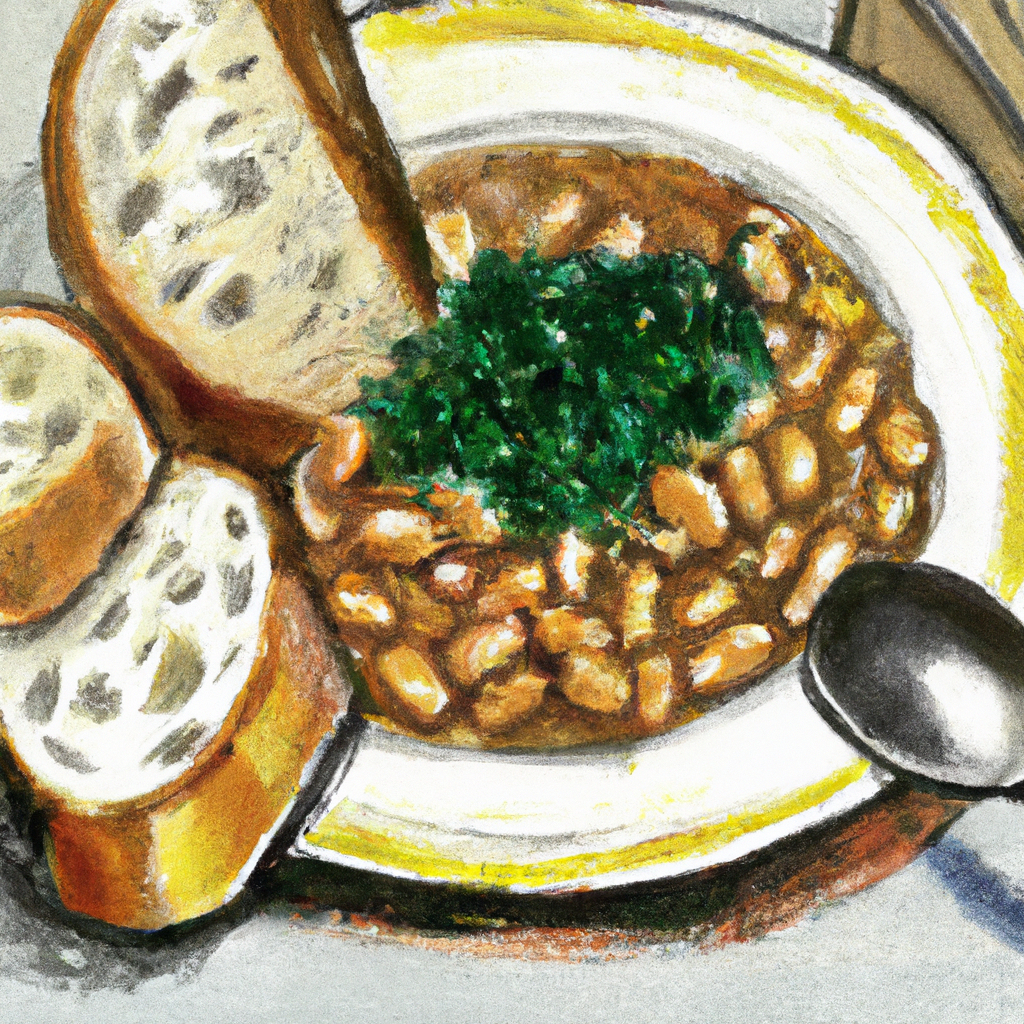
How will you prepare eggs, grains, and artichokes?
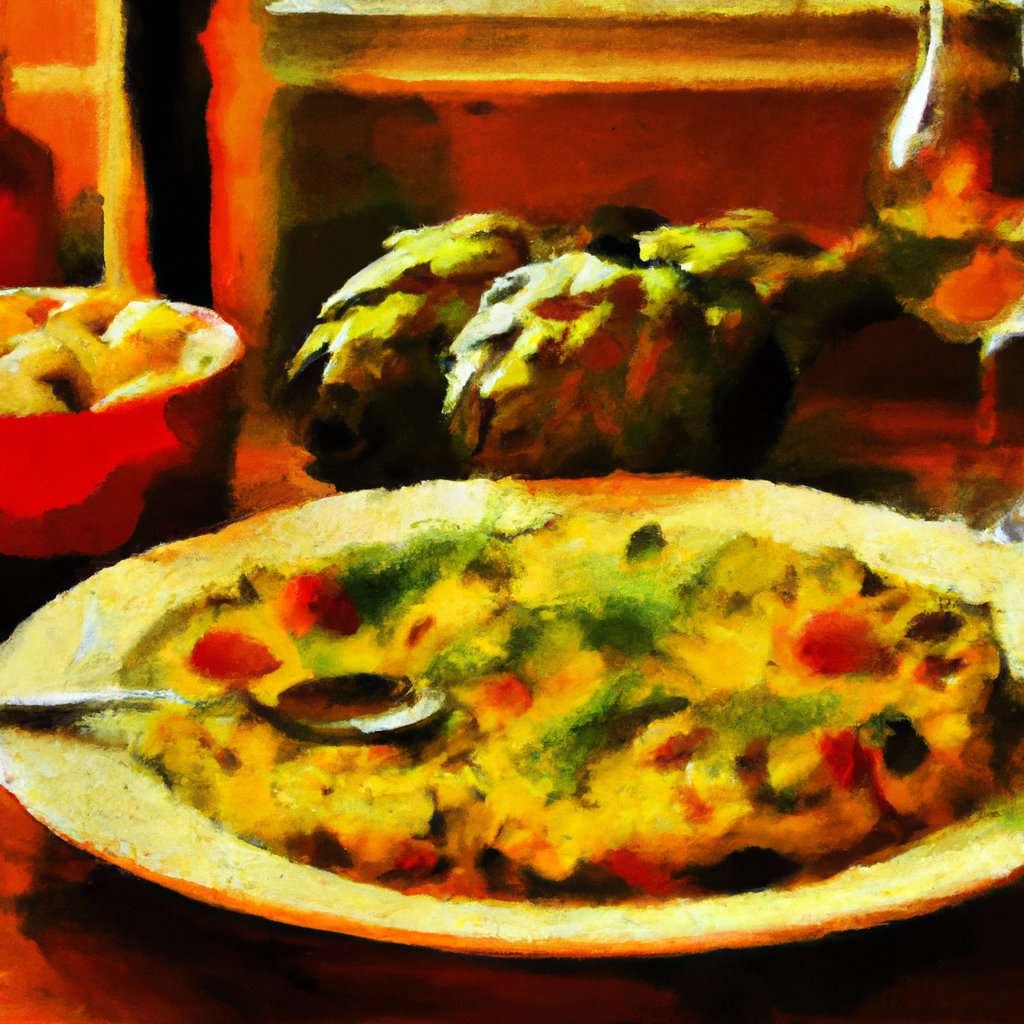
What will you make with cheese, grains, bacon, and artichoke?
